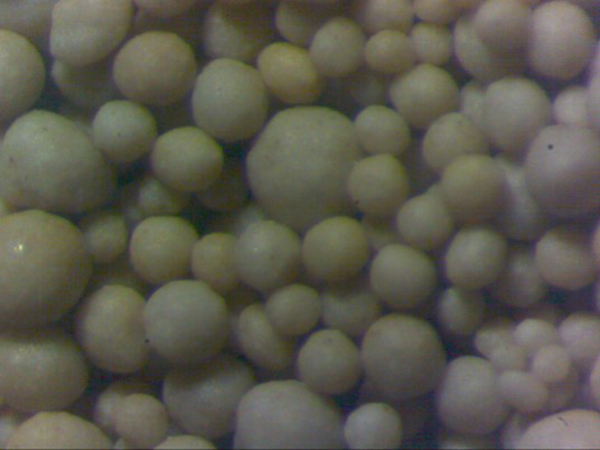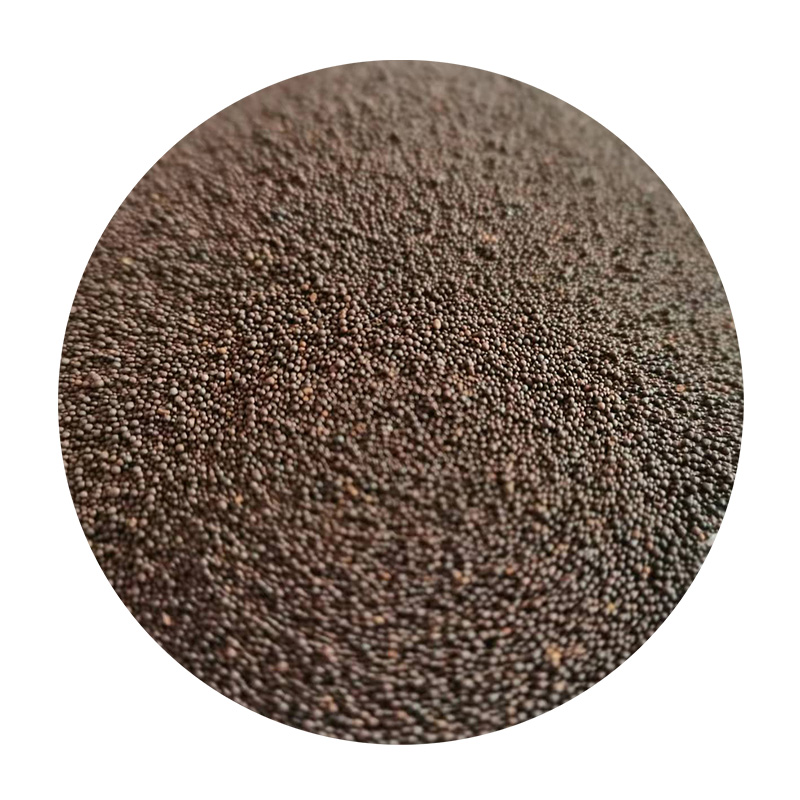

Pouring follows, where the molten metal is carefully introduced into the mold. Pouring techniques vary depending on the material and design complexity. Trustworthy handling minimizes the risks of spills and ensures the metal fills every contour of the mold, capturing the intricacies envisioned by designers. The artistry here lies in managing flow dynamics to prevent premature cooling and void formations. Once the metal cools and solidifies, the casting is broken out of the mold. Known as the shakeout, this step reveals the initial cast which is then subjected to cleaning and fettling to remove excess material and refine its final shape. Expertise comes into play during this phase, employing techniques such as grinding, shot blasting, and heat treatment to enhance physical properties and meet exacting specifications. Quality control is an unremitting aspect of sand casting. Each piece undergoes rigorous inspection to ensure compliance with pre-defined standards. Techniques such as x-ray analysis, dye penetrant inspection, and mechanical testing are applied to ascertain the structural integrity and functionality of the casting. The reliability of these trials reflects the authority of the casting house, demonstrating a commitment to delivering castings that meet industry and client expectations. From the creation of a meticulous pattern to the final inspection, every step of the sand casting process necessitates a blend of experience, specialized knowledge, authority in execution, and unwavering trust in each stage’s thoroughness. Only then can this ancient technique continue to thrive, bringing visions to life with precision and artistry that stand the test of time. Post time:Februari . 04, 2025 02:39
Next:steel sand casting process
